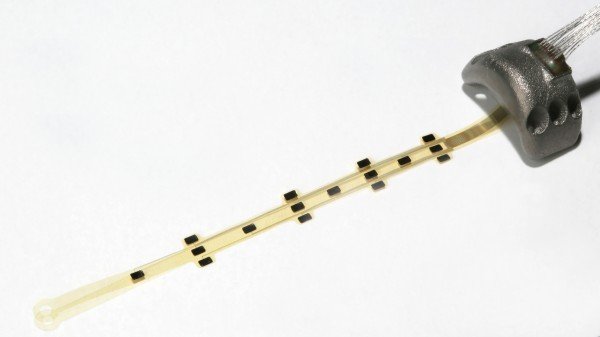Reversing paralysis
REVERSING PARALYSIS
Good day Steemians. Today article is about the technology behind a device that can reverse paralysis i.e. might be able to reawaken connections between the brain and the body
PARALYSIS is often caused by injury within someone's spinal cord or nerves, meaning nerve signals cannot be transmitted between the brain and the rest of the body, such as the legs and hands. The location of the injury can determine the extent to which a person is paralyzed: The higher the injury, the worse the paralysis.
For years, scientists have been seeking for ways to help the millions of people with spinal cord injuries regain control of their limbs, with frustratingly little success.
Scientists are now making remarkable progress at using brain implants to restore the freedom of movement that spinal cord injuries take away.
A new form of brain implant could one day in the future help people with paralysis regain control of their hands and legs based on a new study proving its potential in paralyzed monkeys.
Scientists at the École polytechnique fédérale de Lausanne (EPFL) in Switzerland were able to restore movement in the leg of a paralyzed rhesus macaque monkey within two weeks of the monkey being injured.
HOW IT WORKS
The scientists had used a blade to slice halfway through the monkey spinal cord, paralyzing its right leg. Now the scientists wanted to prove they could get the monkey to walk again.

The brain-spine interface Source
Two wireless implants worked together as a "brain-spine interface" to communicate nerve signals between the brain and spine of the monkey -- where each implant was positioned.

Electrode developed to stimulate the spinal cord Source
The implants communicated with each other through a computer and enabled brain signals to jump over the point of injury along the spine. By resuming this once-broken path of communication, the signals can arrive in the spine, and the resulting nerve stimulation means specific muscle within the leg of the monkey could be activated as needed on the brain's command.
Soon enough, the monkey’s right leg began to move. Extend and flex. Extend and flex. It hobbled forward. “The monkey was thinking, and then boom, it was walking.
The scientists now hopes the technology could one day be used in humans, but this will be no easy feat.
I believe this technology will be used to improve quality of life among people suffering from paralysis of their lower limbs sooner in the future.
Even after you reference the site, cheetah still pay you a visit? Cheetah